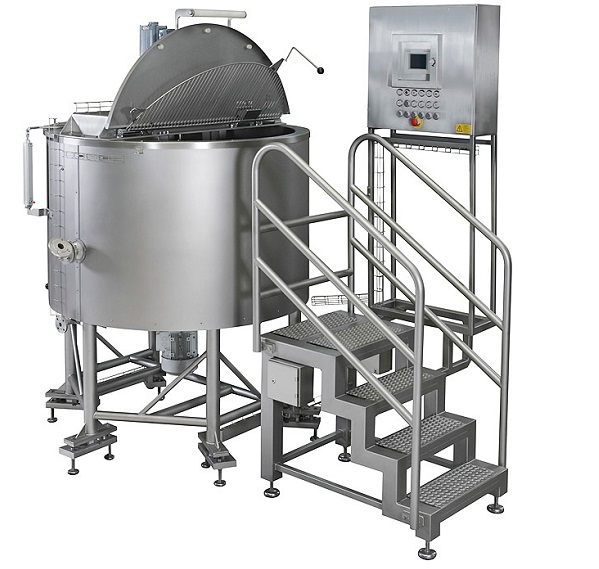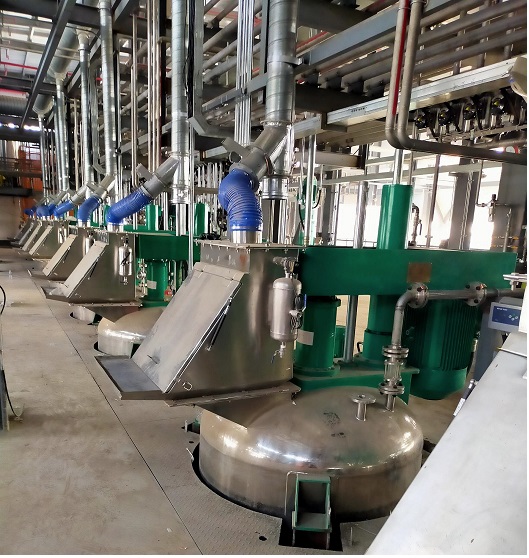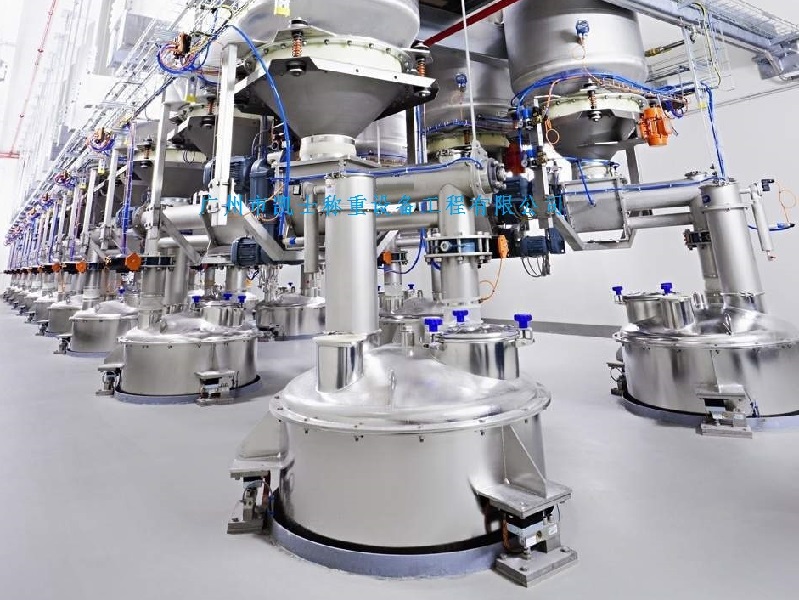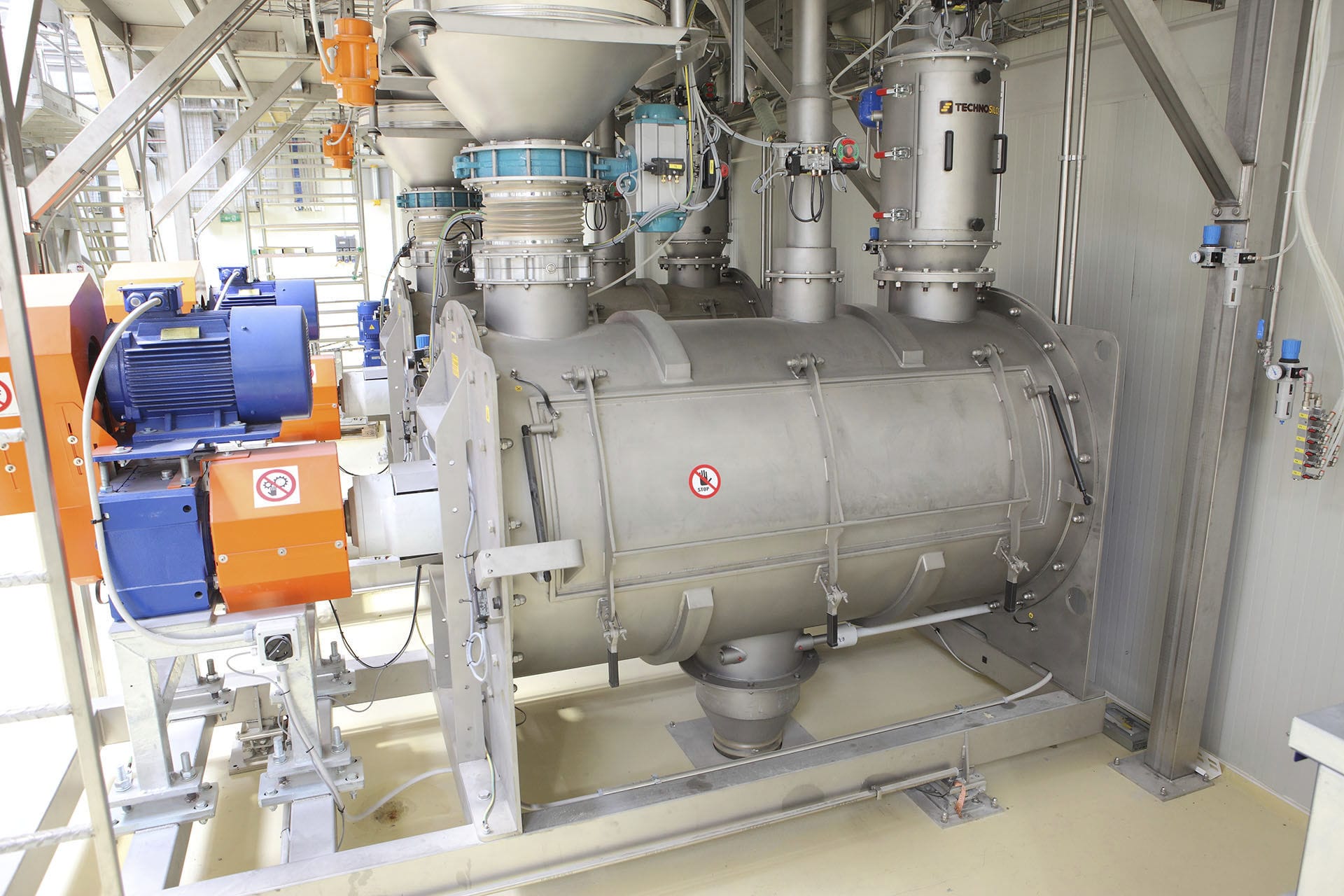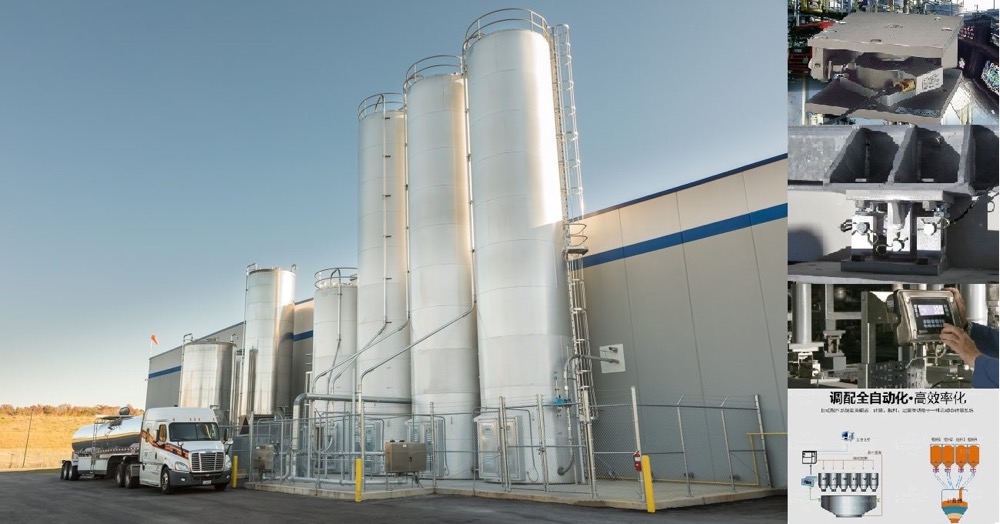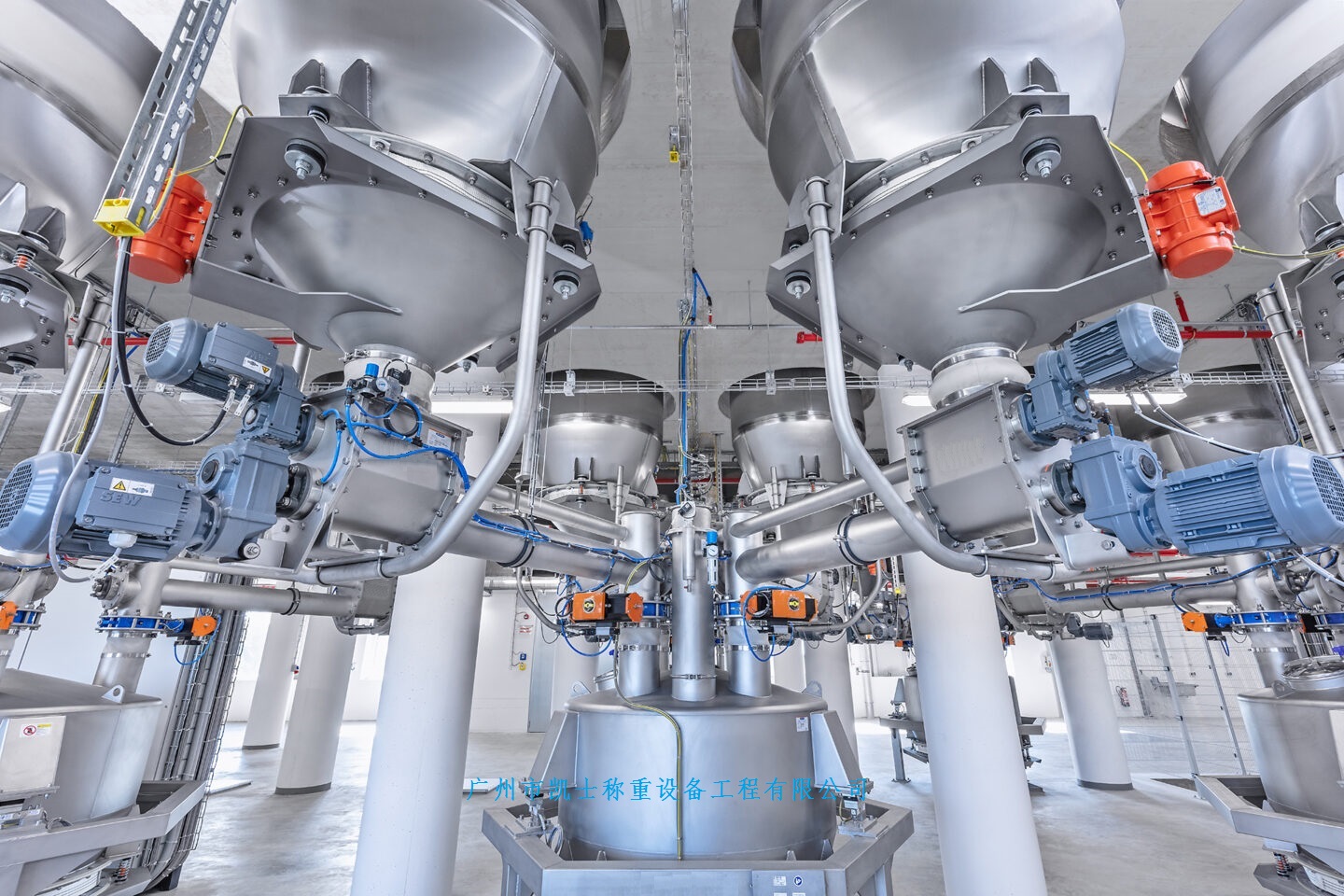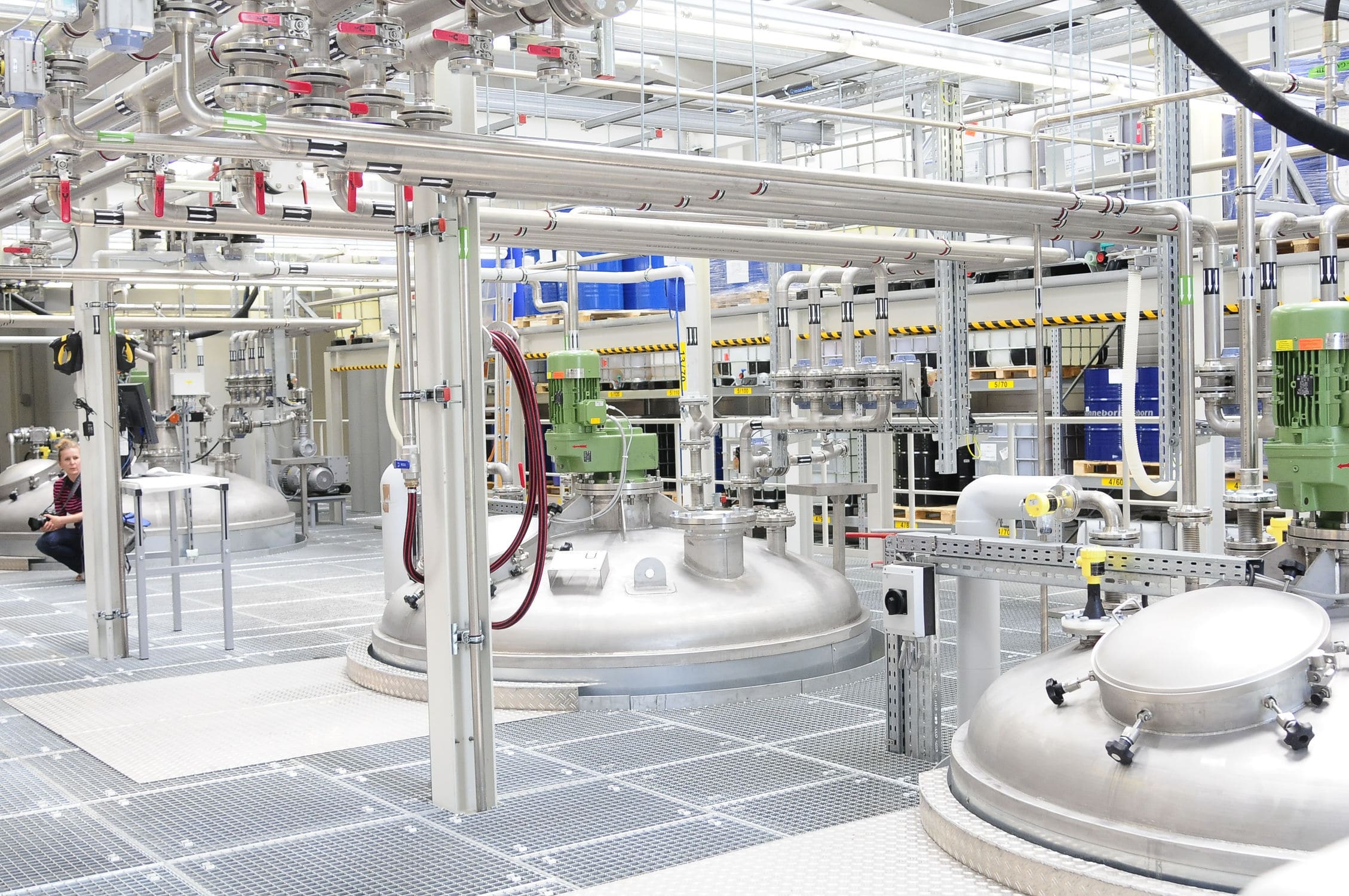

 2020.01.13
2020.01.13Summary:The hopper scale produces an instantaneous flow value and a cumulative total weight by calculating the time. The cumulative total and the instantaneous flow are converted into selected engineering units and displayed on the accumulator respectively.
Continuous conveying is an efficient, energy-saving, environmentally friendly, and low-cost transportation method, especially suitable for bulk and stable conveying. With the rapid development of China's economy, a large number of such as iron ore, coal, copper fine sand and other bulk stable raw materials are mostly used in continuous conveying to complete the import and export operations. In the import and export conveying process inevitably involves the measurement of the problem, take the measurement method and can achieve the accuracy can meet the requirements of both sides of the trade, as well as to take the measurement method of continuous conveying efficiency of the impact of the need to study and analyze, in order to better provide perfect service for both sides of the trade, improve the economic efficiency of enterprises.
1 continuous conveying measurement mode
(1) dynamic measurement. Dynamic measurement refers to the loading and unloading or conveying process, the movement of materials in the state of continuous measurement of measurement. Such as belt scales, dynamic track scales, etc., mainly by the weighing bridge, weighing modules, speed sensors and weighing instruments, etc., weighing instrumentation to receive weight signals from the weighing module and from the speed sensor pulse signals, the two signals are amplified, filtered, A/D converted and sent to the CPU, the integral calculation of the cumulative. As these dynamic measuring devices have the advantages of simple structure, more accurate weighing, stable use, easy operation, low maintenance, etc., they are widely used in the continuous transportation measurement of low value bulk. Measurement accuracy according to the measurement device configuration differences have different levels, theoretically the accuracy level can reach 0.5%, because the accuracy of the belt machine is affected by a variety of factors, in fact, the accuracy level can only reach 1% ~ 5%, so for the higher value of the transaction, in addition to the negotiation between the two sides of the trade recognized that can not be used as a basis for trade settlement. Dynamic measurement is measured on the basis of continuous conveying, so it will not have an impact on the efficiency of continuous conveying.
(2) Static measurement. Static measurement refers to the loading and unloading or conveying process, the static state of the material for measurement of the measurement method. In recent years to meet the requirements of continuous conveying, based on the principle of static measurement, developed a non-continuous adding hopper scale. This not only meets the requirements of continuous transportation and high efficiency, but also to meet the static measurement of the measurement requirements of the state, to achieve the trade settlement between the two sides of the measurement accuracy requirements.
2 non-continuous adding hopper scale system composition and working principle
Non-continuous progressive hopper scale is mainly composed of the upper hopper part of the scale, the hopper weighing part, the lower hopper part of the scale, automatic calibration device, scale support, weighing control system and computer management system. The upper hopper part of the scale consists of storage hopper, feed gate, material leveler and so on. The hopper is used for temporary storage of materials when the hopper weigher is accumulating and discharging materials. The hopper weighing section consists of the hopper weighing body, discharge gate, weighing module and so on. This part, together with the weighing control part, forms the basic measuring unit of the bulk material scale. The lower hopper of the scale consists of a discharge hopper and a material leveler. The unloading hopper accepts the material weighed in the hopper and empties the material gradually. The automatic calibration device is used to meet the needs of installation and commissioning, weighing setting and usual calibration. The dosing control system is mainly composed of weighing module, weighing control cabinet, material leveler and other parts, controlling the action of non-continuous cumulative automatic hopper scales, is the whole bulk material weighing measurement of the center. The computer management system is installed in the control room, which is responsible for collecting the weight data of the control system, comprehensively monitoring the work of the system, and can program the PLC and modify the weighing control parameters through the window software.
Judgment process: when the hopper is called empty, close the smell door at the upper hopper, the hopper will be automatically cleared to zero, and the material conveyed by the belt conveyor will enter into the upper hopper; Feeding process: close the gate at the hopper, open the smell door at the upper hopper, the material will enter into the hopper from the upper hopper, and then enter into the feeding section; Weighing process: when reaching the required weight of each weighing scale, close the smell door of the upper hopper to carry out the weighing measurement and the value of the weighing scale will be automatically stored and accumulated: Discharging process; Discharging process. Accumulation: Discharge process; after the measurement is completed, the smell gate at the hopper scale opens, discharging the material into the lower hopper of the scale; Judgment process: when the hopper scale is finished discharging the material, the gate at the hopper scale closes, and the hopper scale is automatically cleared to zero, and enters into the next weighing cycle. Throughout the measurement process, there is no gate at the lower hopper of the scale, which is always continuously and stably fed to the belt conveyor, and the feeding belt conveyor of the upper hopper of the scale is also always continuously and stably operated. According to the gate closure and opening of the upper hopper and hopper weighing and the required stabilization time of the hopper weighing, it realizes the static metering and at the same time meets the requirement of continuous conveying.


















